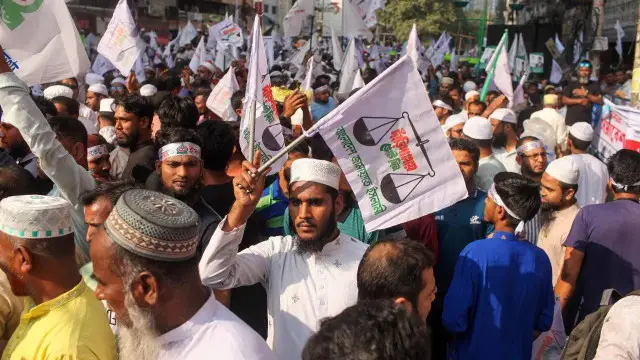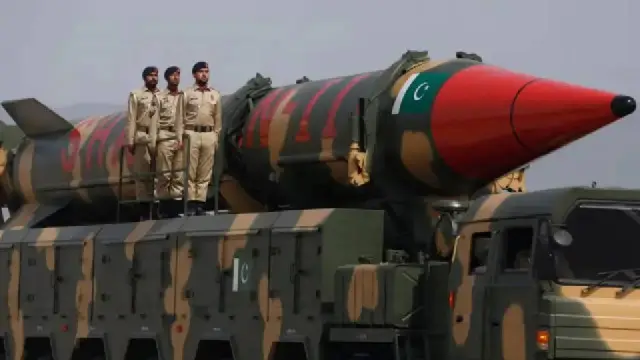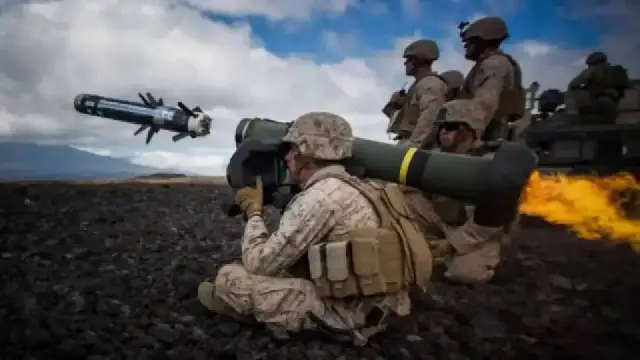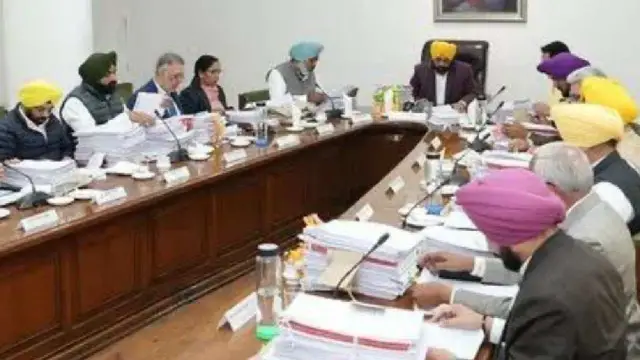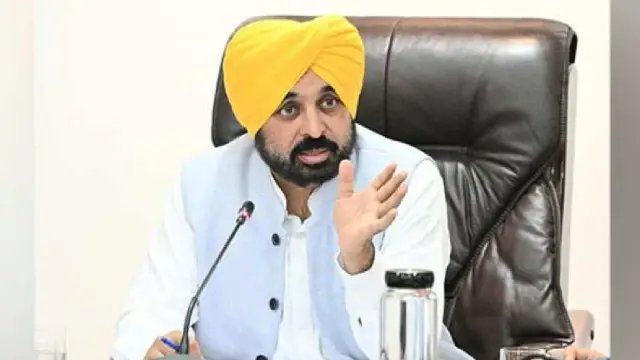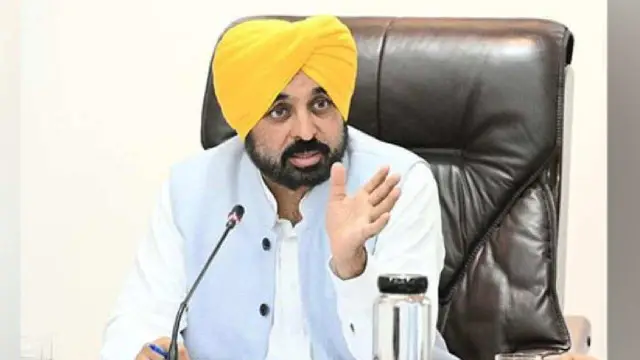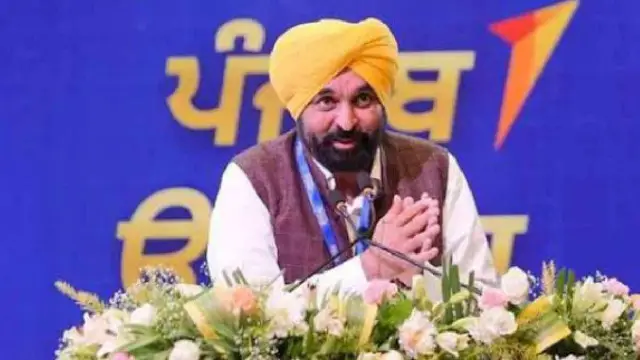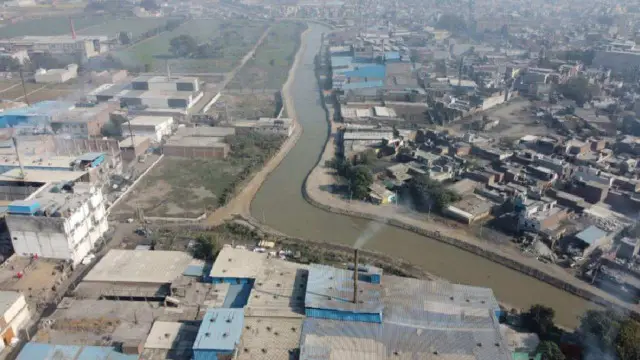Thailand vs Cambodia: How One Ancient Hindu Temple Fuels Endless Clashes Between Two Buddhist Nations
Two Buddhist nations, Thailand and Cambodia, clash again over the ancient Hindu Preah Vihear temple, a thousand-year-old site that fuels historic, religious, and political tensions on their disputed border.
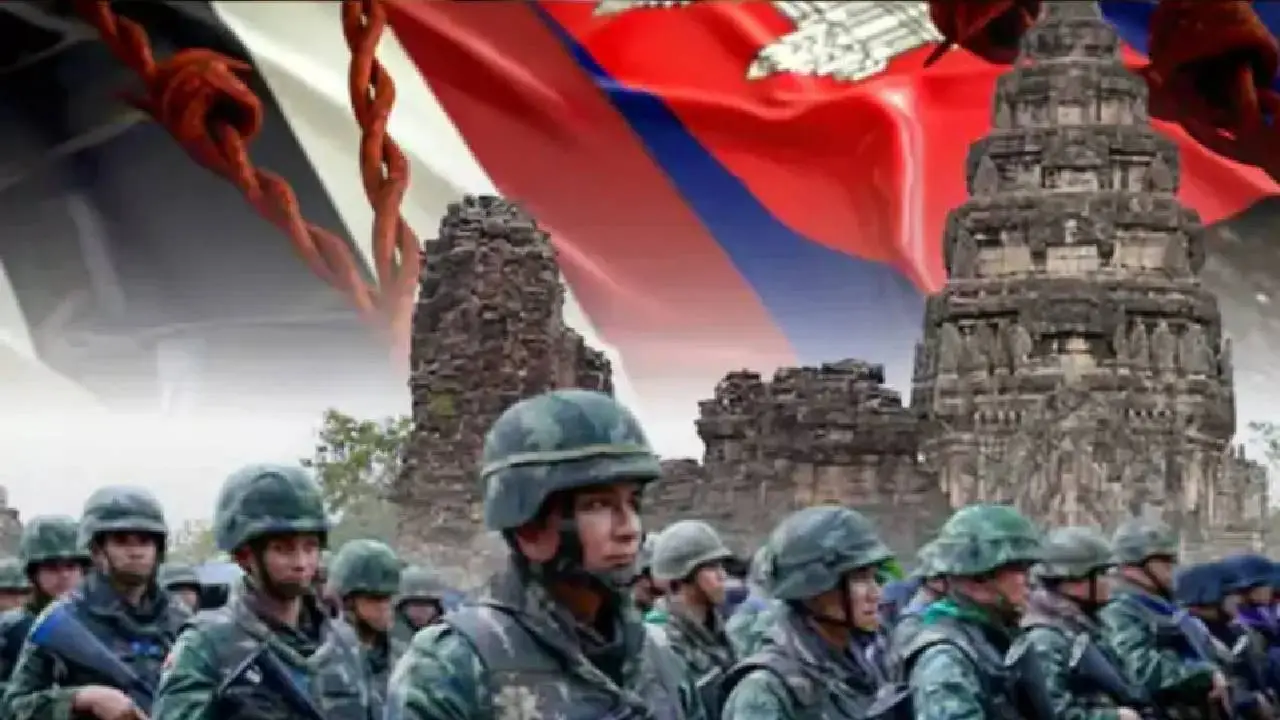
International News: Tension has once again deepened on the border between Thailand and Cambodia, two Buddhist nations of SoutheastAsia. This is the fifth time in the last 15 years that a military clash has taken place between the two countries. This time again the center of the dispute has become the same old temple—Preah Vihear—which is a symbol of prestige for both the countries, religiously as well as politically and historically.
Although both countries have a Buddhist majority and are deeply culturally connected to each other, this conflict over a temple from the Hindu period seems to be challenging the unity of a common platform like ASEAN. In this article, we will try to understand the roots of this conflict, its current situation, and its major impact through 10 important questions related to this conflict.
Buddhist Nations Clash Over Hindu Temple
It may sound strange, but this tension between Thailand and Cambodia is over a 1,000-year-old Hindu temple called Preah Vihear. Although both countries follow Buddhism today, the region was once dominated by the Hindu Khmer Empire, which built these temples. Many temples, like Preah Vihear, are located near today's modern borders, and both countries link them to their heritage and sovereignty.
Why Is Preah Vihear Temple at the Heart of the Dispute?
Preah Vihear Temple was built over a thousand years ago by the Khmer Empire. In 1962, the International Court of Justice (ICJ) ruled the temple was under Cambodia's jurisdiction, but the decision limited itself to the temple structure and did not say anything about the 4.6 square kilometer area surrounding the temple. This "grey zone" has repeatedly sparked controversy as Thailand claims the land.
Why does Cambodia claim it?
Cambodia's claim is based on an old French map made when it was a French colony. In 1962, the ICJ also awarded the temple to Cambodia based on this map. Although the temple is easily accessible from Thailand, Cambodia believes that ease of access does not determine ownership. Thailand considers this map to be incorrect and says that the geography of the land strengthens its claim.
ICJ verdict unclear, temple dispute turns violent
The ICJ gave a verdict on the temple structure but did not clarify the boundary line. This ambiguity is the place that both countries interpret according to their own convenience. In 2008, when UNESCO declared the temple a world heritage and listed it in Cambodia's name, Thailand took it as a challenge and sent the army. In 2011, the dispute reached a peak, and heavy firing took place.
Why have soldiers been killed in the conflict so far?
Between 2008 and 2011, soldiers of both countries came face-to-face several times, and heavy weapons were fired. The clash of February 2011 was the deadliest, in which more than two dozen soldiers and civilians were killed. Houses were destroyed in the affected areas, people had to migrate, and even temples were damaged. Due to lack of clarity on the border, both countries deploy troops, due to which even small disputes become deadly.
Why are maps still a cause of controversy?
Much of the Thailand-Cambodia border was determined during the French colonial period. Cambodia relies on a French map from 1907, while Thailand says it was never officially accepted. The ICJ used this map as a basis, but Thailand still considers it inaccurate. Interpretation of old maps has led to disputes since borderlinesare not clearly marked on the ground.
Why is Cambodia challenging?
Thailand's army is much more powerful than Cambodia's. It has more soldiers, better weapons, and even an air force. Cambodia does not have any fighter planes, yet it justifies its claim on the basis of international law and judicial decisions. This dispute is not just about military power but about national pride and historical justice. Cambodia adopts a strategy to gain sympathy and support from international forums.
What impact has it had on people living on the border?
The people of the villages situated on the border pay the biggest price for this tension. When the situation is normal, people visit each other for farming, trade, and festivals. But as soon as the tension increases, schools are closed, roads are sealed, and people start migrating. More than 50,000 people from both countries were displaced in the clashes of 2011. Even today, military movement or aggressive statements create fear.
How Are Neighbors Reacting to the Dispute?
ASEAN has tried to resolve the dispute several times, but no lasting solution has been found. Indonesia sent a monitoring team in 2011, but the effect has been limited. China maintains relations with both countries, selling arms and investing. The US cooperates diplomatically and militarily, especially with Thailand. But most countries avoid direct involvement.
Why should India worry?
India has deep historical and cultural ties with Southeast Asia, particularly through Hindu and Buddhist heritage. Temples like Preah Vihear are symbols of India's cultural outreach. Under the "Act East" policy, India wants to increase trade, tourism, and connectivity with these countries. If there is instability in the region, India's strategic plans may be affected, especially if China takes advantage of this opportunity to increase its influence in Cambodia. Therefore, this dispute is also important for India.




